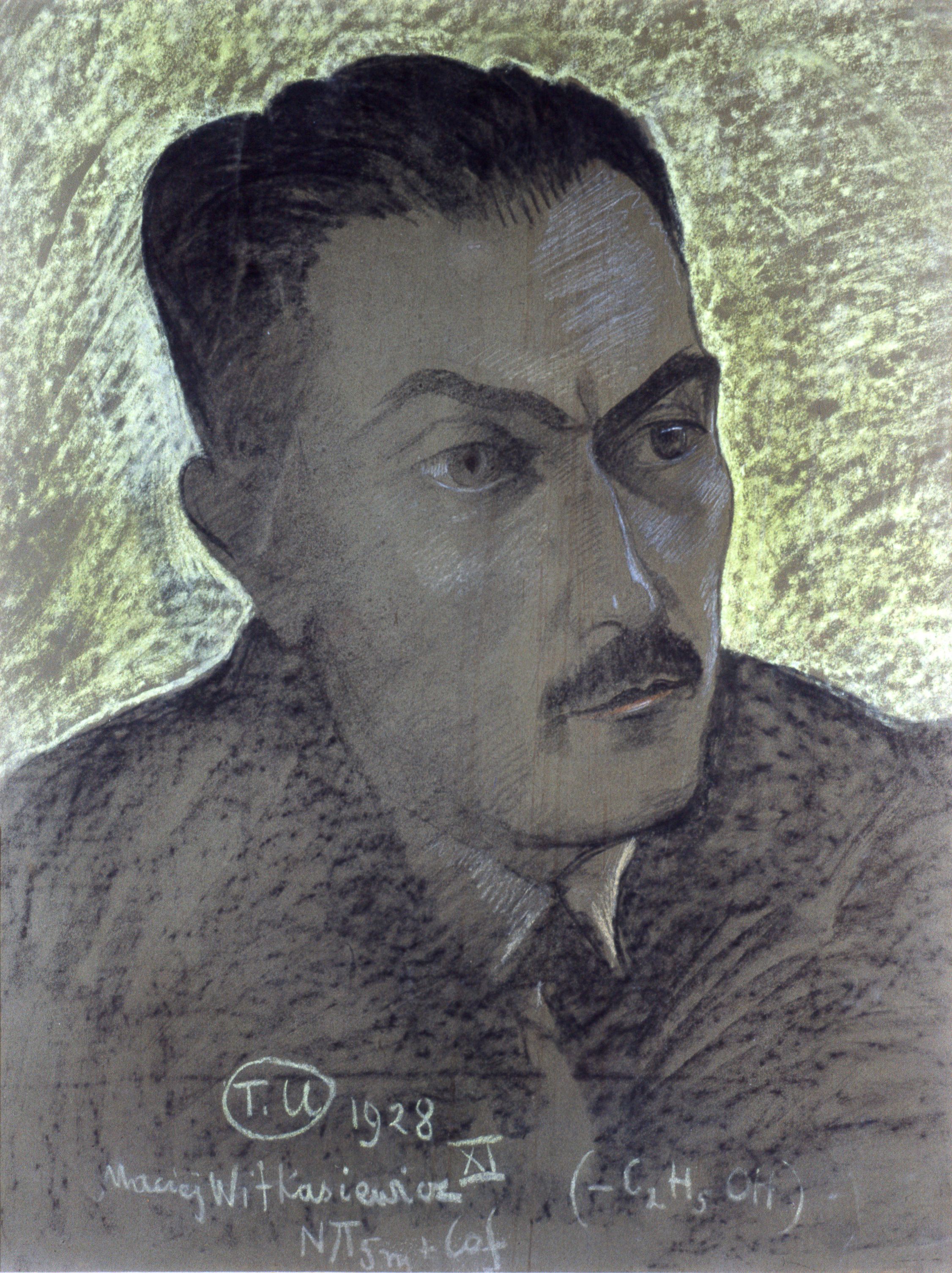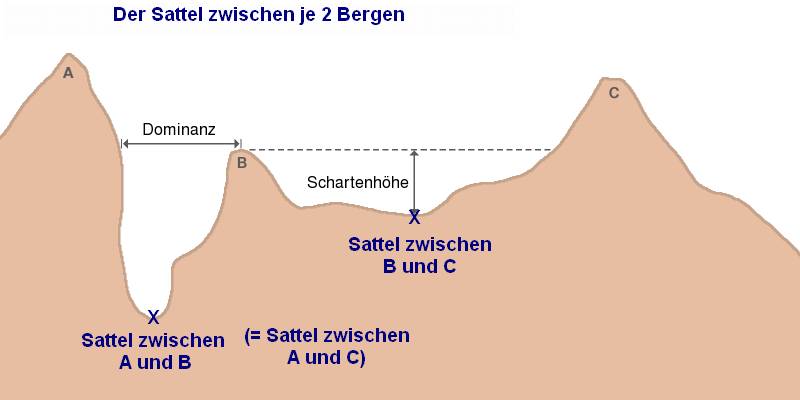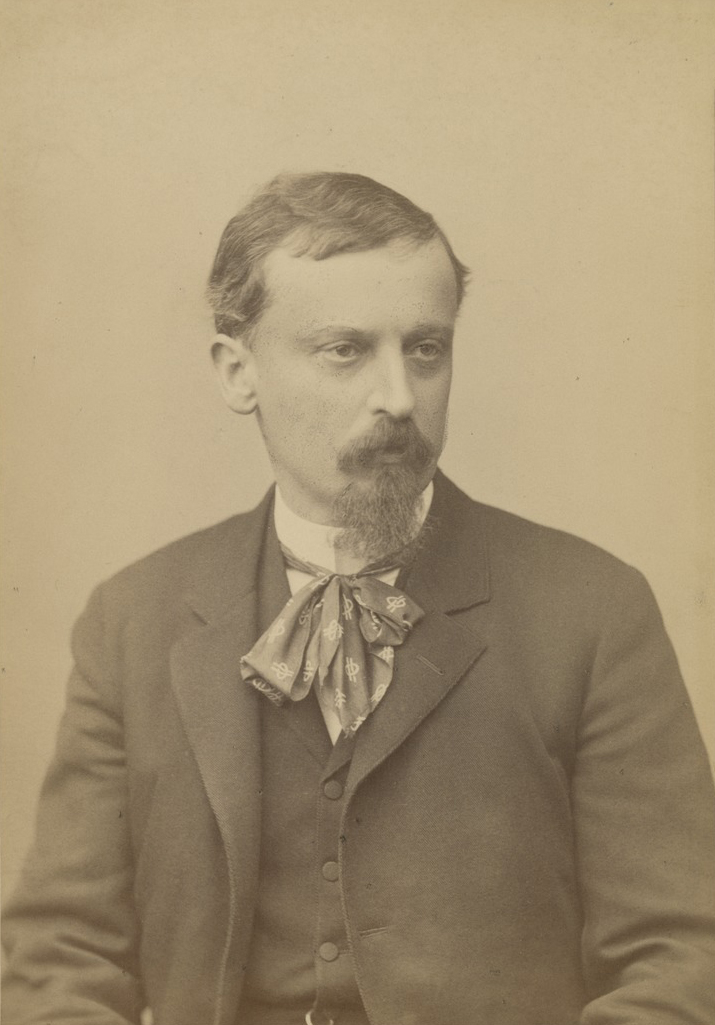|
Klemens Bachleda
Klemens "Klimek" Bachleda (13 November 1851 - 6 August 1910) was a pioneering Polish mountain guide and mountain rescuer in Austria-Hungary. He died during an unsuccessful mountain rescue attempt in the High Tatras. By . Biography Early and personal life The name of Bachleda's father is unknown. His mother was Zofia Bachleda Galian. He was a Goral, an ethnographic group which inhabits the Tatra Mountains on both sides of the modern border between Poland and Slovakia. She died when he was twelve, leaving him an orphan. He earned a living as a shepherd-boy in the high mountains. He later went to Upper Hungary to find work, where he was called up for military service. In 1873, he was discharged, and returned to Zakopane. It was in the grip of a cholera epidemic, and he tended the sick and buried the dead. Thereafter, he supported himself by working as a carpenter, and also by hunting. He married Agnieszka Styrczula from Dzianisz, and they had three children. She died, and he rema ... [...More Info...] [...Related Items...] OR: [Wikipedia] [Google] [Baidu] |
Kościelisko
Kościelisko is a village in Tatra County, Lesser Poland Voivodeship, in southern Poland, close to the border with Slovakia. (It was previously in Nowy Sącz Voivodeship from 1975 to 1998.) It is the seat of the gmina (administrative district) called Gmina Kościelisko. It lies approximately west of Zakopane and south of the regional capital Kraków. In 2006 the village had a population of 3,900. Notable people * Sabała (1809 in Kościelisko - 1894 in Zakopane) a Goral amateur musician, storyteller and folk singer active in or around the Tatra Mountains. * Klemens Bachleda (1851 in Kościelisko - The Tatraa 1910), Polish mountain guide and mountain rescuer, born in Kościelisko * Wacław Krzeptowski (1897 in Kościelisko – 1945 in Zakopane) was one of the leaders of the Goralenvolk action in Podhale during WWII. * Andrzej Krzeptowski (1902 in Kościelisko – 1981 in Zakopane) was a Polish cross-country skier who competed in the 1928 Winter Olympics. * Stanisław Karpiel (1 ... [...More Info...] [...Related Items...] OR: [Wikipedia] [Google] [Baidu] |
Tadeusz Boy-Żeleński
Tadeusz Kamil Marcjan Żeleński (better known by his pen name, Tadeusz Boy-Żeleński or simply as Boy; 21 December 1874 – 4 July 1941) was a Polish stage writer, poet, critic and, above all, the translator of over 100 French literature , French literary classics into Polish language , Polish. He was a pediatrician and gynecology, gynecologist by profession. A notable personality in the Young Poland movement of to 1918, Boy was the ''enfant terrible'' of the Polish literature , Polish literary scene in the first half of the 20th century. He was murdered in July 1941 by Operation Barbarossa , invading German forces during what became known as the massacre of Lviv professors , massacre of the Lwów professors. Early life Tadeusz Kamil Marcjan Żeleński (of the Ciołek coat of arms, ''Ciołek'' coat-of-arms) was born on 21 December 1874 in Warsaw, to Wanda, ''née'' Grabowska, who was from a Frankist family of converts to Catholicism,''Polin: Studies in Polish Jewry'', Basil ... [...More Info...] [...Related Items...] OR: [Wikipedia] [Google] [Baidu] |
Tatrzańskie Ochotnicze Pogotowie Ratunkowe
Tatra Volunteer Search and Rescue ( pl, Tatrzańskie Ochotnicze Pogotowie Ratunkowe (TOPR)) is a non-profit mountain rescue organization in Poland, rescuing stranded mountain climbers, tourists, and others in need of rescue in the Polish Tatra mountains. It is one of the oldest mountain rescue associations in the world. Each potential rescuer is required to complete a special training course (lasting between 1.5 and 3 years), in which every volunteer is to exhibit excellent knowledge in Tatra topography as well as practical abilities including climbing, skiing, spelunking, lifesaving and first aid. After completing the training the rescuer takes an oath on the director's hand. In 2011 TOPR consisted of around 250 members, 140 of whom had acquired permission to participate in rescue missions. The majority of the rescuers are volunteers; only 33 are professional rescuers. TOPR is one of the few organizations in the world that does not require a mountain insurance policy and does no ... [...More Info...] [...Related Items...] OR: [Wikipedia] [Google] [Baidu] |
Mariusz Zaruski
Mariusz Zaruski (18 January 1867 – 8 April 1941) was a brigadier-general in the Polish Army, a pioneer of Polish sports yachting, an outstanding climber of the winter and caves of Tatra Mountains. He was a photographer, painter, poet and writer, a seamen and traveler, a conspirator, legionnaire and lancer in Polish cavalry. During his active life, he was a devoted social activist, sportsman and teacher. Biography Zaruski was born on 18 January 1867 in Dumanowo near the Kamieniec Podolski in Poland. During his youth at Odessa University, where he studied mathematics and physics, he was attracted to maritime activities. He worked as a seaman on various ships. He visited distant regions including Siberia, China, Japan, India, Egypt and Syria. For his participation in a Polish patriotic anti-Russian organization, the Russian government exiled him to Arkhangelsk in 1894. There, while a prisoner, he was able to graduate from the Seaman School. Conditionally, he was allowed to wor ... [...More Info...] [...Related Items...] OR: [Wikipedia] [Google] [Baidu] |
Couloir
A ''couloir'' (, "passage" or "corridor") is a narrow gully with a steep gradient in a mountainous terrain.Whittow, John (1984). ''Dictionary of Physical Geography''. London: Penguin, p. 121. . Geology A couloir may be a seam, scar, or fissure, or vertical crevasse in an otherwise solid mountain mass. Though often hemmed in by sheer cliff walls, couloirs may also be less well-defined, and often simply a line of broken talus or scree ascending the mountainside and bordered by trees or other natural features. Couloirs are especially significant in winter months when they may be filled in with snow or ice, and become much more noticeable than in warmer months when most of the snow and ice may recede. These physical features make the use of couloirs popular for both mountaineering and extreme skiing Extreme skiing is performed on long, steep (typically from 45 to 60+ degrees, or grades of 100 to 170 percent) slopes in mountainous terrain. The French coined the term 'Le Ski Ext ... [...More Info...] [...Related Items...] OR: [Wikipedia] [Google] [Baidu] |
Saddle (landform)
The saddle between two hills or mountains is the region surrounding the saddle point, the lowest point on the line tracing the drainage divide (the col) connecting the peaks. When, and if, the saddle is navigable, even if only on foot, the saddle of a (optimal) pass between the two massifs, is the area generally found around the lowest route on which one could pass between the two summits, which includes that point which is a mathematically when graphed a relative high along one axis, and a relative low in the perpendicular axis, simultaneously; that point being by definition the col of the saddle. Topography A saddle is the lowest area between two highlands (prominences or peaks) which has two wings which span the divide (the line between the two prominences) by crossing the divide at an angle, and, so is concurrently the local highpoint of the land surface which falls off in the lower direction. That is, the drainage divide is a ridge along the high point of the saddle, as ... [...More Info...] [...Related Items...] OR: [Wikipedia] [Google] [Baidu] |
Western Tatras
Western may refer to: Places *Western, Nebraska, a village in the US *Western, New York, a town in the US *Western Creek, Tasmania, a locality in Australia *Western Junction, Tasmania, a locality in Australia *Western world, countries that identify with shared "Western" culture Arts and entertainment Films * ''Western'' (1997 film), a French road movie directed by Manuel Poirier * ''Western'' (2017 film), a German-Austrian film Genres *Western (genre), a category of fiction and visual art centered on the American Old West **Western fiction, the Western genre as featured in literature **Western music (North America), a type of American folk music Music * ''Westerns'' (EP), an EP by Pete Yorn *WSTRN, a British hip hop group from west London Business *The Western, a closed hotel/casino in Las Vegas, United States *Western Cartridge Company, a manufacturer of ammunition *Western Publishing, a defunct publishing company Educational institutions *Western Washington University i ... [...More Info...] [...Related Items...] OR: [Wikipedia] [Google] [Baidu] |
Bystrá (mountain)
Bystrá is the highest mountain in the Western Tatras in Slovakia, near the Polish border. It is 2,248 meters high and surrounded by the valleys of Kamenistá, Račkova and Bystrá. See also *Tatra Mountains The Tatra Mountains (), Tatras, or Tatra (''Tatry'' either in Slovak () or in Polish () - '' plurale tantum''), are a series of mountains within the Western Carpathians that form a natural border between Slovakia and Poland. They are the hi ... Referencestreking.cz Mountains of Slovakia Western Tatras [...More Info...] [...Related Items...] OR: [Wikipedia] [Google] [Baidu] |
Gerlachovský štít
Gerlachovský štít (, translated into English as ''Gerlachov Peak'', German: ''Gerlsdorfer Spitze'', Hungarian: ''Gerlachfalvi-csúcs''), informally referred to as Gerlach, is the highest peak in the High Tatras, in Slovakia, and in the Carpathian Mountains. Its elevation is usually listed at 2654.4 m above mean sea level. The pyramidal shape of the massif is marked by a huge cirque. Despite its relatively low elevation, Gerlachovský štít features a vertical rise of approximately above the valley floor. Mistaken for an average mountain in the rugged High Tatras range in the more distant past, it has since played a symbolic role in the eyes of the rulers and populations of several Central European nations, to the point that between the 19th and mid-20th century, it had four different names with six name reversals. Due to geopolitical changes, it managed to be the highest mountain of the Kingdom of Hungary, and of Czechoslovakia, Slovakia and then Czechoslovakia again within ... [...More Info...] [...Related Items...] OR: [Wikipedia] [Google] [Baidu] |
Mnich (mountain)
Mnich (English: ''Monk'') is a mountain in the Tatra Mountains on the Morskie Oko of Poland Poland, officially the Republic of Poland, is a country in Central Europe. It is divided into 16 administrative provinces called voivodeships, covering an area of . Poland has a population of over 38 million and is the fifth-most populous .... It has an elevation of 2,068 meters above sea level. High Tatras Mountains of the Western Carpathians Two-thousanders of Poland {{LesserPoland-geo-stub ... [...More Info...] [...Related Items...] OR: [Wikipedia] [Google] [Baidu] |
Lomnický štít
Lomnický štít ( en, Lomnica Peak or Lomnický Peak, hu, Lomnici-csúcs, german: Lomnitzer Spitze, pl, Łomnica) is one of the highest and most visited mountain peaks in the High Tatras mountains of Slovakia. Connected by cable car to Tatranská Lomnica, its summit is above sea level, making it the second highest peak in the High Tatras after Gerlachovský štít (2654 m). Local shoemaker and amateur miner Jakab Fábry stated he made an ascent around 1760–1790, but the first recorded ascent was made by the English traveler Robert Townson and guide on 16 August 1793. He measured the elevation of the peak to be 2633 m, a meter below the actual elevation. The first winter ascent was made in 1891. In the past, Lomnický štít was called as ''Vater'' (Father), ''Grossvater'' (Grandfather), ''Königsberg'' (King's Mountain), ''Królowa Tatr'' and ''Królowa Tatrzańska'' (Princess of the Tatra), ''Petra altissima kesmarkiensis'' and ''allerhöchster Kaisermärkerfels'' (High ... [...More Info...] [...Related Items...] OR: [Wikipedia] [Google] [Baidu] |
Henryk Sienkiewicz
Henryk Adam Aleksander Pius Sienkiewicz ( , ; 5 May 1846 – 15 November 1916), also known by the pseudonym Litwos (), was a Polish writer, novelist, journalist and Nobel Prize laureate. He is best remembered for his historical novels, especially for his internationally known best-seller ''Quo Vadis'' (1896). Born into an impoverished Polish noble family in Russian-ruled Congress Poland, in the late 1860s he began publishing journalistic and literary pieces. In the late 1870s he traveled to the United States, sending back travel essays that won him popularity with Polish readers. In the 1880s he began serializing novels that further increased his popularity. He soon became one of the most popular Polish writers of the turn of the 19th and 20th centuries, and numerous translations gained him international renown, culminating in his receipt of the 1905 Nobel Prize in Literature for his "outstanding merits as an epic writer." Many of his novels remain in print. In Poland he is ... [...More Info...] [...Related Items...] OR: [Wikipedia] [Google] [Baidu] |






